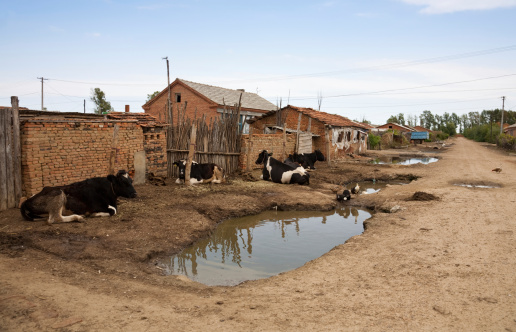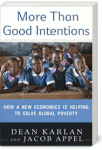How to Attack Global Poverty? Bring Your Questions for the Authors of More Than Good Intentions

Photo: iStockphoto

The experts generally fall into two camps when it comes to alleviating global poverty: those who believe we simply need to spend more money in more places; and those who think that too many billions have already been spent too inefficiently and ineffectively, requiring a new and smarter approach to aid.
In a new book called More Than Good Intentions: How a New Economics Is Helping to Solve Global Poverty, Freakonomics blog contributor Dean Karlan, a development economist at Yale, and Jacob Appel, a researcher at Innovations for Poverty Action, describe the split:
Each camp claims prominent economists as adherents: Jeffrey Sachs of Columbia University, an adviser to the United Nations, and Bill Easterly of New York University, a former senior official at the World Bank. Sachs and his supporters regale us with picture-perfect transformational stories. Easterly and the other side counter with an equally steady supply of ghastly the-world-is-corrupt-and-everything-fails anecdotes. The result? Disagreement and uncertainty, which leads to stagnation and inertia — in short, a train wreck. And no way forward.
Karlan and Appel argue for a third way, one that draws from behavioral economics and relies on rigorous evaluation. To wit:
Three questions organize our discussions. First: what is the root cause of the problem? Using both behavioral and traditional economics to answer this question is exactly the first prong of our attack in this book. Then two more questions: Does the “idea” at hand, whether a government policy, NGO intervention, or business, actually solve the problem? And how much better off is the world because of it? Using rigorous evaluations to answer these two questions together is the second prong of our attack.
Karlan and Appel have agreed to answer your questions about their book and, more broadly, development economics and poverty. So fire away in the comments section below. You can now read their answers here.
And here’s the table of contents from their book to prime the pump.
1. Introduction: The Monks and the Fish
2. To Work Against Poverty: How We Do What We Do
3. To Buy: Doubling the Number of Families with a Safety Net
4. To Borrow: Why the Taxi Driver Didn’t Take a Loan
5. To Pursue Happiness: Having Better Things to Do
6. To Cooperate in Groups: What About the Weakness of the Crowd?
7. To Save: The Unfun Option
8. To Farm: Something from Nothing
9. To Learn: The Importance of Showing Up
10. To Stay Healthy: From Broken Legs to Parasites
11. To Mate: The Naked Truth
12. To Give: The Takeaway

Comments